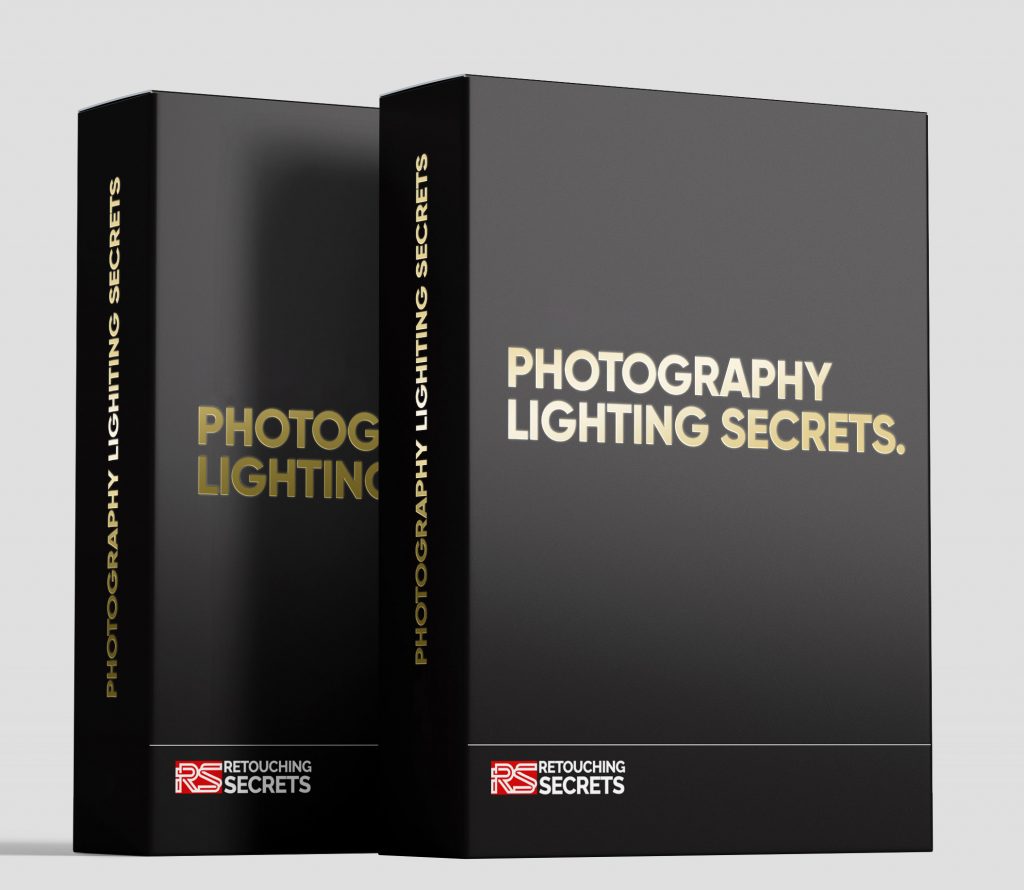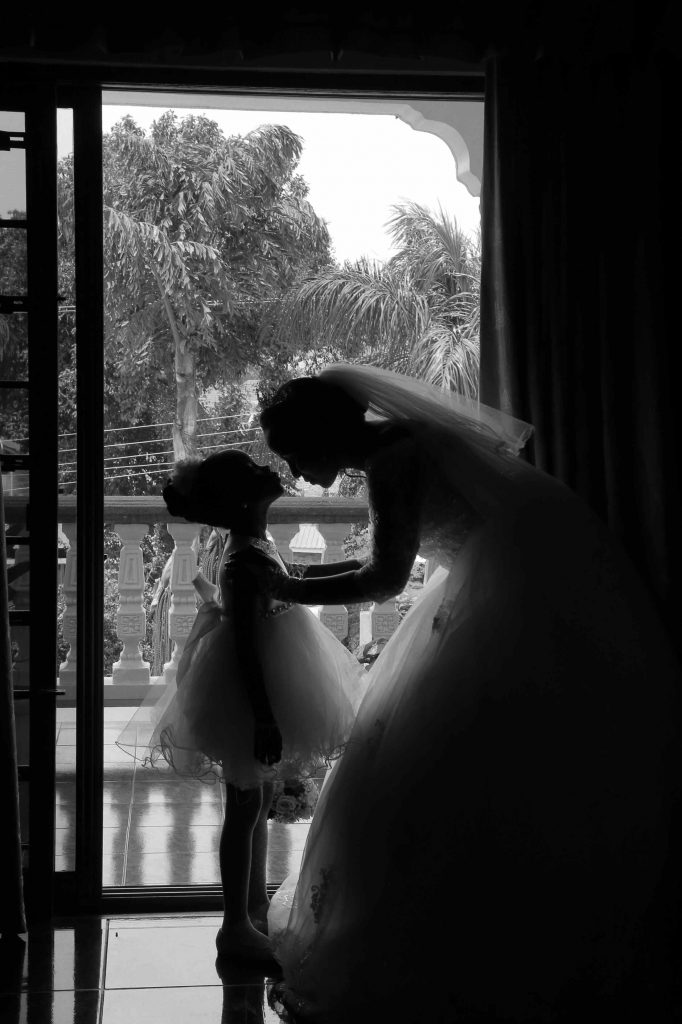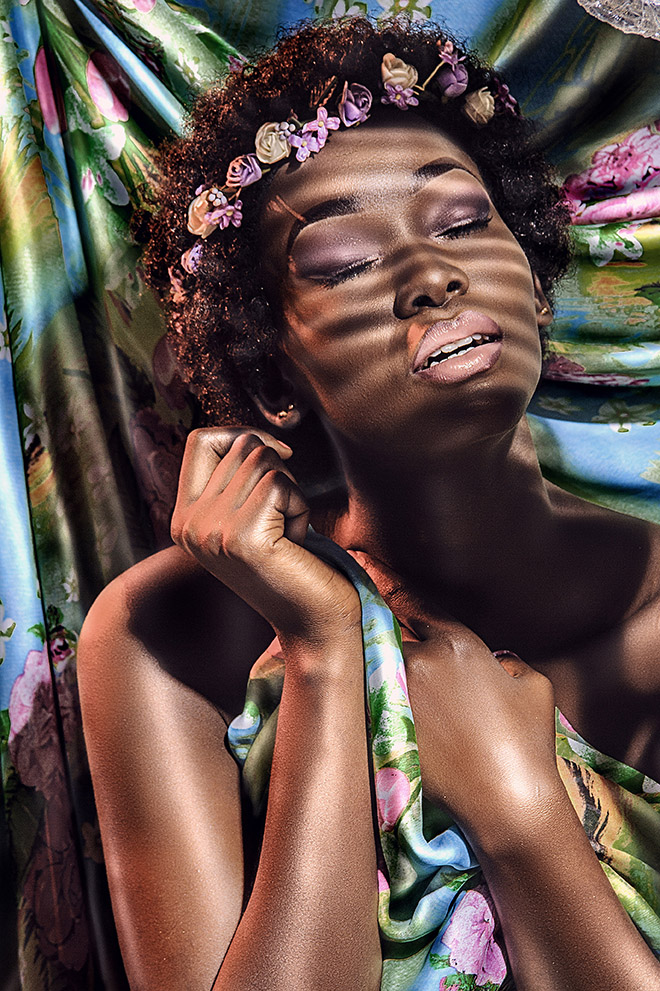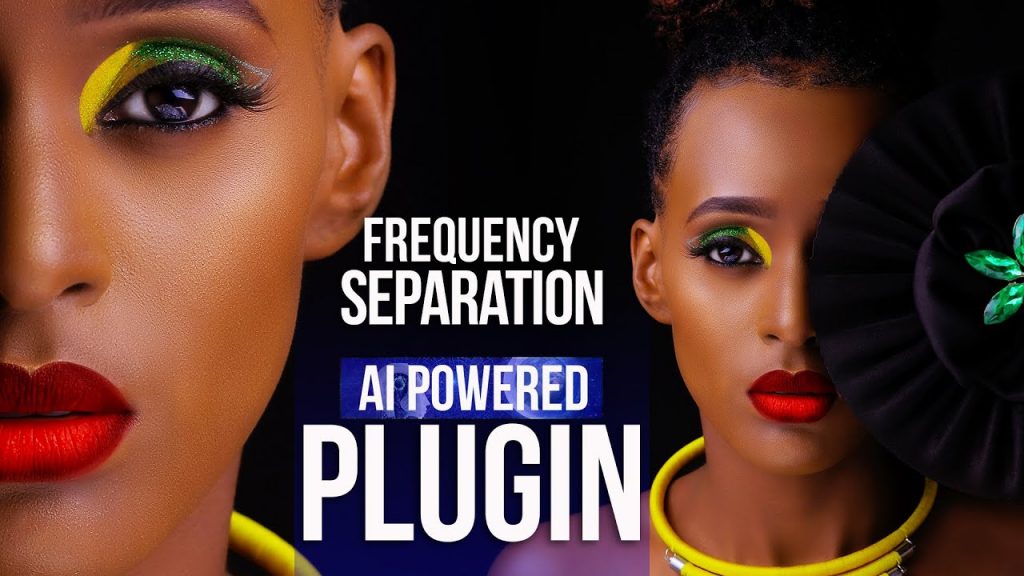Lighting plays a fundamental role in photography, shaping the overall look and feel of images. Whether you’re a beginner or an experienced photographer, understanding lighting techniques is essential for capturing stunning visuals. In this beginner’s guide, we’ll explore the art of photography lighting, essential equipment, and various techniques to elevate your photography game.

Table of Contents
Understanding Light in Photography
Before diving into lighting techniques, it’s crucial to comprehend the characteristics of light. Light can be soft or hard, natural or artificial, and has a significant impact on the mood and ambiance of your photos. Understanding the behavior of light will help you control its effects to achieve the desired outcome. Different types of lighting sources, such as natural light, studio strobes, and continuous lights, offer diverse opportunities for creative expression.
Essential Lighting Equipment
To master photography lighting, you need the right equipment. Camera flashes and external flashes provide bursts of light for various shooting scenarios. Continuous lighting and studio lighting kits offer a constant light source, ideal for portraits and product photography. Additionally, light diffusers and modifiers help soften and shape the light, reducing harsh shadows and creating a pleasing effect on the subject.
Basic Lighting Techniques
Learn the basics of lighting techniques to create visually appealing images. Front lighting, side lighting, and backlighting each produce distinct results, emphasizing different elements of the subject. Understanding soft lighting vs. hard lighting enables you to control the intensity of shadows. By incorporating shadows and highlights strategically, you can add depth and dimension to your photos. This Simplified Course Lighting Secrets breaks down Complicated lighting TECHNIQUES INTO SIMPLIFIED EASY TO FOLLOW steps. You can Check It out here

Mastering Exposure and White Balance
Proper exposure settings are crucial for achieving balanced lighting in your photographs. Understanding aperture, shutter speed, and ISO settings will help you control the amount of light that enters the camera. Additionally, mastering white balance is essential to maintain accurate colors under different lighting conditions. Adjusting white balance ensures that the color temperature is correct, preventing unwanted color casts in your images.
Portrait Lighting Techniques
Capturing captivating portraits requires mastering various lighting setups. Key light, fill light, and hair light are essential elements in portrait photography. Learn how to use Rembrandt lighting and butterfly lighting to create mood and drama in your portraits, highlighting your subject’s best features.
Product and Still Life Lighting
For product and still life photography, proper lighting is essential to showcase the details and textures of the subjects. Employing different lighting techniques helps to highlight the product’s features and create a professional look. Explore techniques to enhance product and food images through strategic lighting.
Landscape and Outdoor Lighting
In landscape photography, the right lighting can transform a scene. Learn to harness the magic of golden hour and blue hour lighting to capture breathtaking outdoor shots. Utilize reflectors and diffusers to balance natural light and artificial lighting for stunning landscapes.
Low-Light Photography
Mastering low-light photography allows you to capture breathtaking images in challenging conditions. Embrace long exposure techniques and use tripods to stabilize your camera. Learn how to photograph nightscapes and create mesmerizing astrophotography.

Creative Lighting Effects
Go beyond traditional photography and explore creative lighting effects. Experiment with light painting and long exposure techniques to produce artistic images. Adding gels and colored filters to your lighting setup can create striking and expressive effects in your photos.

Tips for DIY Lighting Solutions
Not every lighting setup requires expensive equipment. Discover DIY lighting solutions and budget-friendly hacks for beginners. Get creative and build homemade lighting accessories to achieve professional-looking results without breaking the bank. Use aluminum Foil as a reflector or anything white to bounce back light into your subject’s face.
Common Lighting Mistakes to Avoid
Even experienced photographers make lighting errors. Avoid overexposure, underexposure, and harsh shadows that can ruin your photos. Learn how to troubleshoot common lighting problems and create stunning images consistently.
Editing and Post-Processing
Post-production is a powerful tool to enhance your photography. Learn how to use software tools to fine-tune lighting and achieve your desired look. Striking the right balance between editing and natural lighting is crucial for maintaining a natural and appealing aesthetic. Today there are many editing tools and plugins that make this whole process easy. Tools like Retouch4me that automatically edit skin make as easy as passing air through the basket.

Lighting for Different Genres of Photography
Different photography genres require unique lighting approaches. Discover lighting tips for wedding photography, where emotions and moments are beautifully captured. Explore the lighting techniques used in fashion and portrait photography to showcase subjects elegantly. In nature and wildlife photography, lighting plays a key role in bringing out the beauty of the natural world.
Conclusion
Mastering photography lighting is an essential skill for photographers at all levels. Understanding light characteristics, essential equipment, and various techniques empowers you to create captivating and professional-looking images. Practice and experimentation are key to honing your lighting skills and achieving remarkable results in your photography journey.
1. How can I achieve natural-looking lighting in my portraits?
To achieve natural-looking lighting in portraits, use soft, diffused lighting sources like window light or a softbox. Avoid harsh, direct light that can create unflattering shadows on the subject’s face.
2. Can I use artificial lighting for outdoor photography?
Yes, you can use artificial lighting outdoors to fill in shadows and create a specific mood. Reflectors and off-camera flashes are great tools for outdoor lighting.
3. What is the best white balance setting for indoor photography?
For indoor photography, the Auto White Balance (AWB) setting generally works well. However, you can also use the custom white balance setting to achieve accurate colors under specific lighting conditions.
4. What is the golden hour in photography?
The golden hour refers to the period shortly after sunrise and before sunset when the sun is low on the horizon, creating warm and soft lighting, ideal for photography.
5. How can I create a DIY light diffuser?
You can create a DIY light diffuser using materials like shower curtains or white bedsheets. Attach the diffuser in front of your light source to soften the light and reduce harsh shadows.
